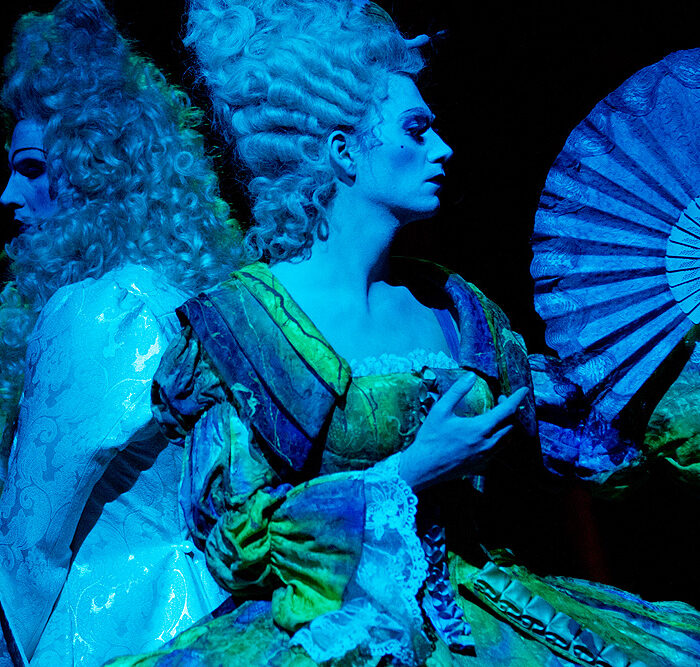
Opera Profile: Donizetti’s ‘La Favorite’
By David SalazarDonizetti’s “La Favorite” has often been recognized as one of his best, though it hasn’t always had a firm place in the standard repertory.
It had its world premiere on Dec. 2, 1840 at the Académie Royale de Musique. The work actually borrows heavily from “L’Ange de Nisida” when Donizetti was forced to give a prominent mezzo role for his new opera. Legend has it that the composer wrote the entire final act in almost four hours.
The work had an inconsistent history of performances throughout the 20th century. While it appeared around the world, there were many companies that preferred the Italian version to the original French text. The Metropolitan Opera presented the opera at the start of the 20th century in 1905, but did not show again until 1978. In recent years, the French version of the work has garnered more performances.
Short Plot Synopsis
At the Monastery of St. James, Fernand tells the Superior Balthazar that he is in love with a mysterious woman and that he wishes to leave the monastery to go look for her. Balthazar rages against Fernand predicting his eventual return.
Fernand and his beloved Léonor meet on the island of Leon; she tells him that they cannot marry and must never meet again. She gives him a document that could help him in the future. The King arrives and Léonor leaves. Fernand reads the document and finds a commission for the army and an opportunity to advance his position.
The King is pleased with Fernand for his exploits in war. The King privately wishes to divorce the Queen and marry Léonor, but knows that it could create major political issues for him. Léonor does not want to remain his mistress and when she is accused by Don Gaspar of having a lover, she does not deny it.
Alfonse offers Fernand a prize for his exploits in war and Fernand says that he wishes to marry Léonor. The King realizes what has happened and demands that they marry within an hour. Léonor, feeling guilty, decides to tell Fernand what has happened through Inès. However she is arrested and Fernand learns the truth after the ceremony. He breaks his sword and hands himself over to Balthazar.
In the final Act, Fernand is preparing to enter a new religious life. Léonor arrives to be with him and dies in his arms after earning his forgiveness.
Famous Tunes
The work is rife with famed melodies, but none more famous than Fernadn’s Act four aria “Ange si pur;” it has been interpreted by a plethora of tenors outside of the context of the opera, all of them excited for the opportunity to give their own spin on the high C at the climax of the aria.
“O mon Fernand,” sung by Léonore, is also a well-known aria.
Watch and Listen
Here is a renowned performance featuring Fiorenza Cossotto, Alfredo Kraus, Sesto Bruscantini, and Ruggero Raimondi.
Categories
Opera Wiki

